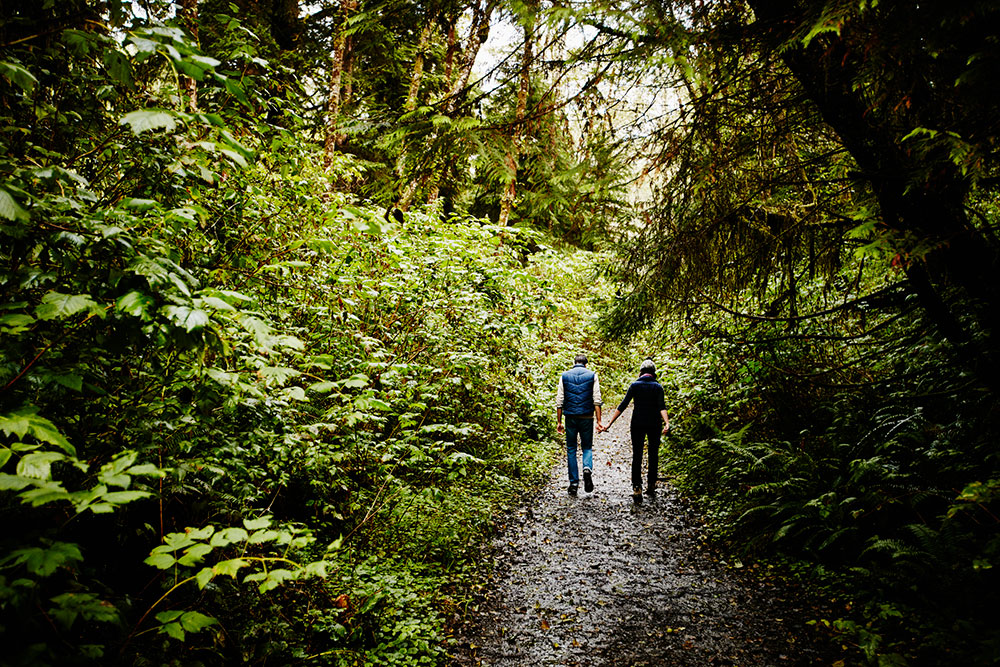Is Poison Ivy Contagious?

"Leaves of three, let it be" is a famous rhyme that describes the typical appearance of poison ivy and tells people to avoid contact with it..
Poison ivy is a common plant throughout the United States with the potential to cause allergic reactions. Poison ivy rash is caused by the body’s reaction to urushiol oil. It is a kind of oil that can bind to the skin very quickly, and people can touch it without knowing it. The spreading of the allergen in the human body is triggered by the oil's physical contact with your skin.
When we break out in a severe skin rash—especially when we have made direct physical contact with a plant like poison ivy—we worry and ask, is it contagious? Can I pass the rash along to my family? Here we will discuss poison ivy and give tips on how to cope with the symptoms that come with contact with this poisonous plant.
Poison Ivy Rash Stages
If you've ever touched poison ivy, you might know how uncomfortable it can be. The rashes develop and usually appear 12 to 48 hours after the exposure. You may not see the rash where you came in contact with the plant. But it will appear where the plant's oil rubbed off your clothing onto your skin, like on the face and neck.
The rash can last anywhere from a few days to several weeks depending on how quickly your body clears the urushiol oil. However, if you take proper care of your skin during the rash stages, you may shorten the duration of the outbreak.
Stage 1: Itching and inflammation
The first sign of a poison ivy rash is redness and itching at the point of contact. The reaction typically begins within hours after contact with the poison ivy. You may notice some itchiness or discomfort in one or more areas where you were exposed to urushiol. You will see reddish streaks and dots on your skin that resemble a scratch from a cat. This is where the urushiol has reacted with proteins in your skin cells.
Stage 2: Rash spreads
Blisters form and break open. They may leak fluid that dries into a crusty surface. You may notice that the rash is spreading from one part of your body to the other. The fluid from the blisters does not spread the rash, only the spreading of urushiol does.
Stage 3: Rash fades away
The blisters dry out and scab over. As the scabs heal, they may leave scars behind. The rash will be most severe in areas where you have the most oil exposure and where you scratched or touched,so some parts of your skin will heal more quickly than others.
Is Poison Ivy Really Contagious?
According to the Food and Drug Administration (FDA),the rash itself is not contagious or infectious. However, the oil that causes the reaction can spread to other areas of your body or even to other people. If you have a poison ivy rash on your hands, you can spread the oil to other parts of your body if you touch them. If you have the rash on your legs and then scratch it, you might wind up with a few new spots on your arms and torso. So, it is best to remove the rash-causing oil to avoid spreading the rash.
You can also transfer the oil from your skin to someone else. If you share clothing with someone who has been in contact with poison ivy, that person may get a rash where the oil touches their skin. You could also transfer the oil by petting an animal that rolled around in poison ivy leaves or shaking hands with someone who has been out in poison ivy without realizing it.
Reminder
The most important thing to remember about poison ivy rash is that it spreads easily. Before going outdoors, consider using preventative measures to reduce your risk of developing a rash. Anyone who has had problems with this plant should always wear long sleeves and pants while gardening or hiking. Do your best to not touch other parts of your body after touching your face or eyes and wash your hands thoroughly.
Conclusion
If you've ever had the misfortune of getting poison ivy rash (and, who hasn't?), you're well aware of how difficult it can be to get rid of poison ivy rashes. It's also difficult to stop the spread, so knowledge is key when you end up with a bad case.
The important thing to remember is whatever you do, don't scratch. Scratching will only lead to further irritation and more swelling, which could lead to infection. So always remember to keep cool, calm, and collected when treating your poison ivy rash. And here's some advice: if it looks like it's getting worse or spreading, see a doctor.




